Ingredients
-
2g agar flakes (1 tsp)
-
120ml balsamic vinegar
-
200 ml olive oil (don’t worry, you can reuse it afterwards)
Method
Add the agar flakes and vinegar to a pan to soak. Pour the olive oil into a jar or glass and place it in the freezer for 45 minutes.
Ten minutes before the oil is ready, bring the vinegar to a boil, then simmer for 3-4 minutes, stirring regularly, until most of the flakes have dissolved. Strain the liquid through a small sieve to catch any remaining agar flakes and let it cool for 5 minutes.
When the 45 minutes are up, remove the jar of oil from the freezer. Fill a pipette with the vinegar mixture and add droplets of it to the cold oil (you can also let them roll off from a fork). The pearls will form immediately as they sink to the bottom of the jar. Once you’ve used all of the vinegar, strain the pearls into a fine sieve (you can reuse the olive oil). Then store them in a small container in the fridge, ready to use. They will keep airtight for around 2 weeks.

Balsamic Pearls
Ingredients
- 2 g agar flakes (1 tsp)
- 120 ml balsamic vinegar
- 200 ml olive oil (don’t worry, you can reuse it afterwards)
Instructions
- Add the agar flakes and vinegar to a pan to soak. Pour the olive oil into a jar or glass and place it in the freezer for 45 minutes.
- Ten minutes before the oil is ready, bring the vinegar to a boil, then simmer for 3-4 minutes, stirring regularly, until most of the flakes have dissolved. Strain the liquid through a small sieve to catch any remaining agar flakes and let it cool for 5 minutes.
- When the 45 minutes are up, remove the jar of oil from the freezer. Fill a pipette with the vinegar mixture and add droplets of it to the cold oil (you can also let them roll off from a fork). The pearls will form immediately as they sink to the bottom of the jar. Once you’ve used all of the vinegar, strain the pearls into a fine sieve (you can reuse the olive oil). Then store them in a small container in the fridge, ready to use. They will keep airtight for around 2 weeks.
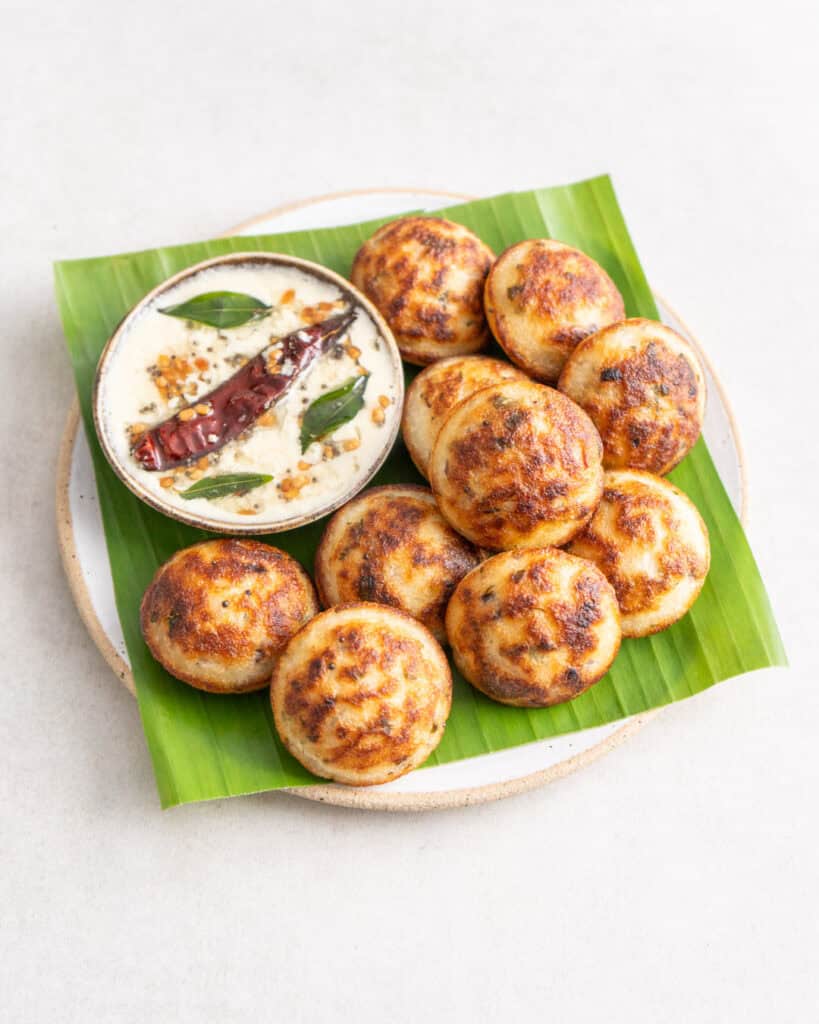


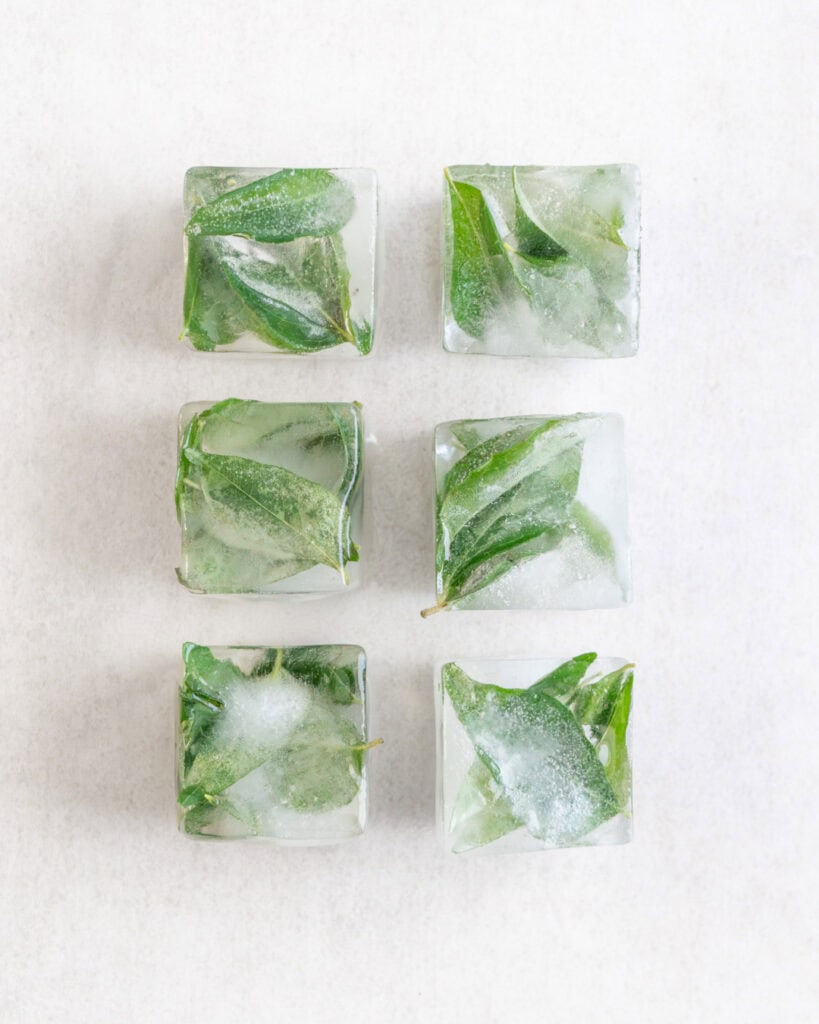
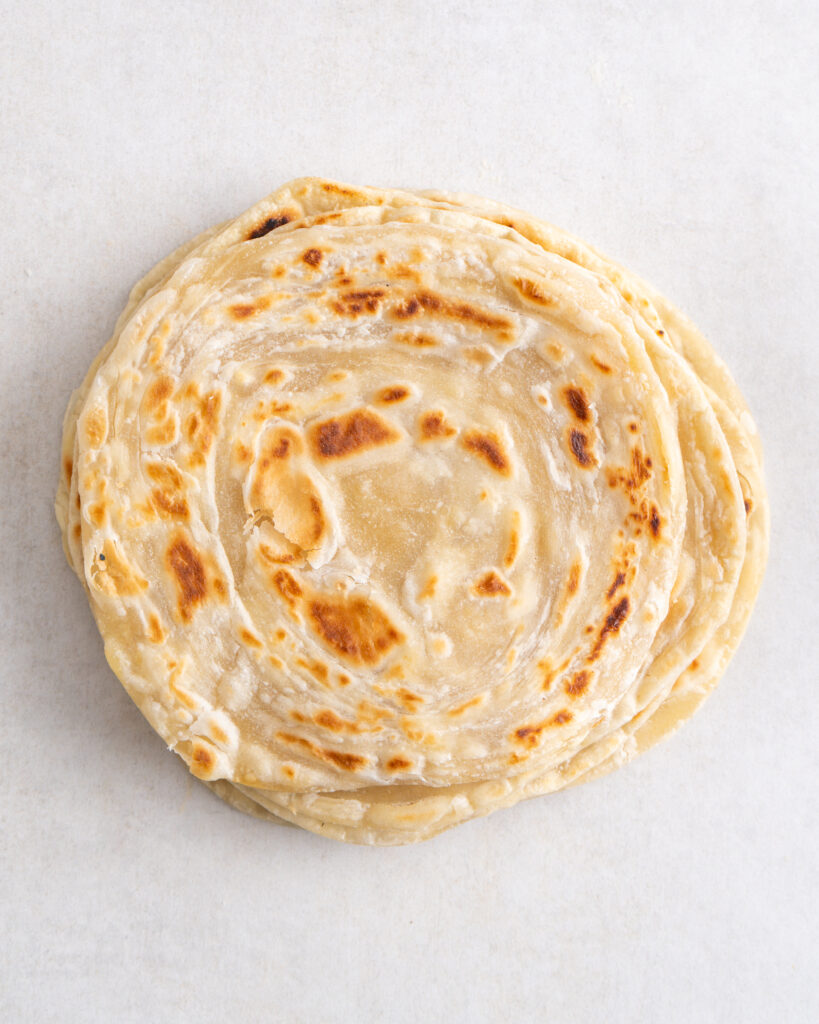
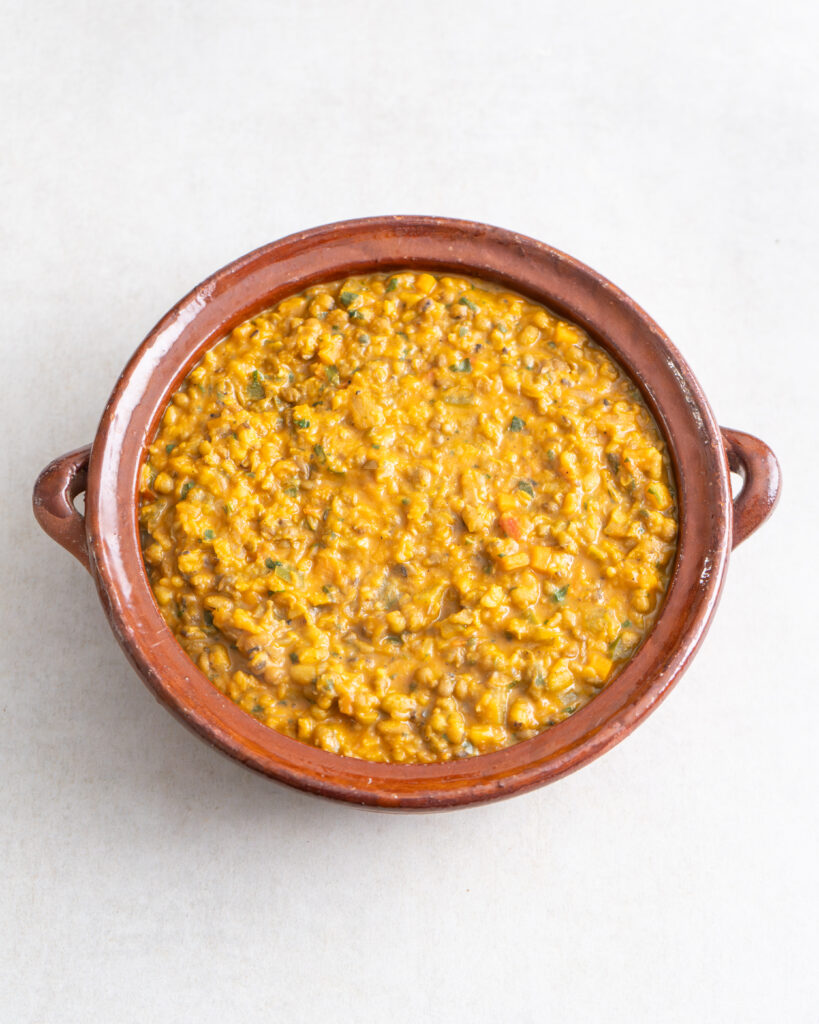
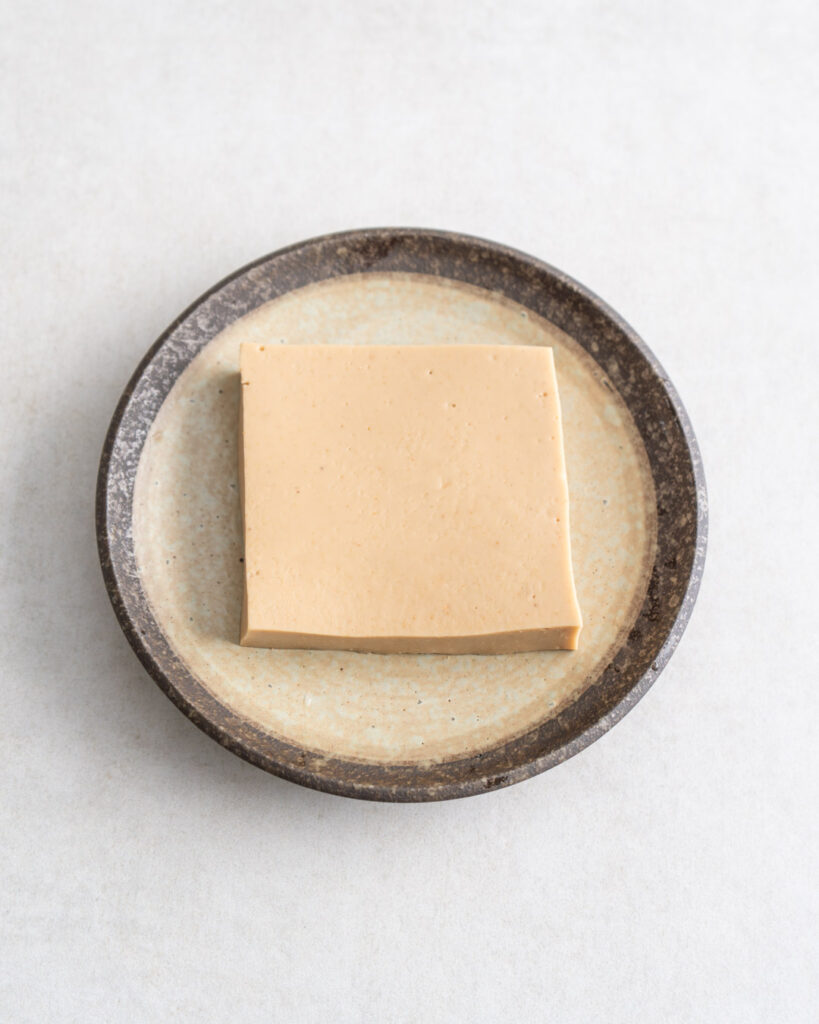
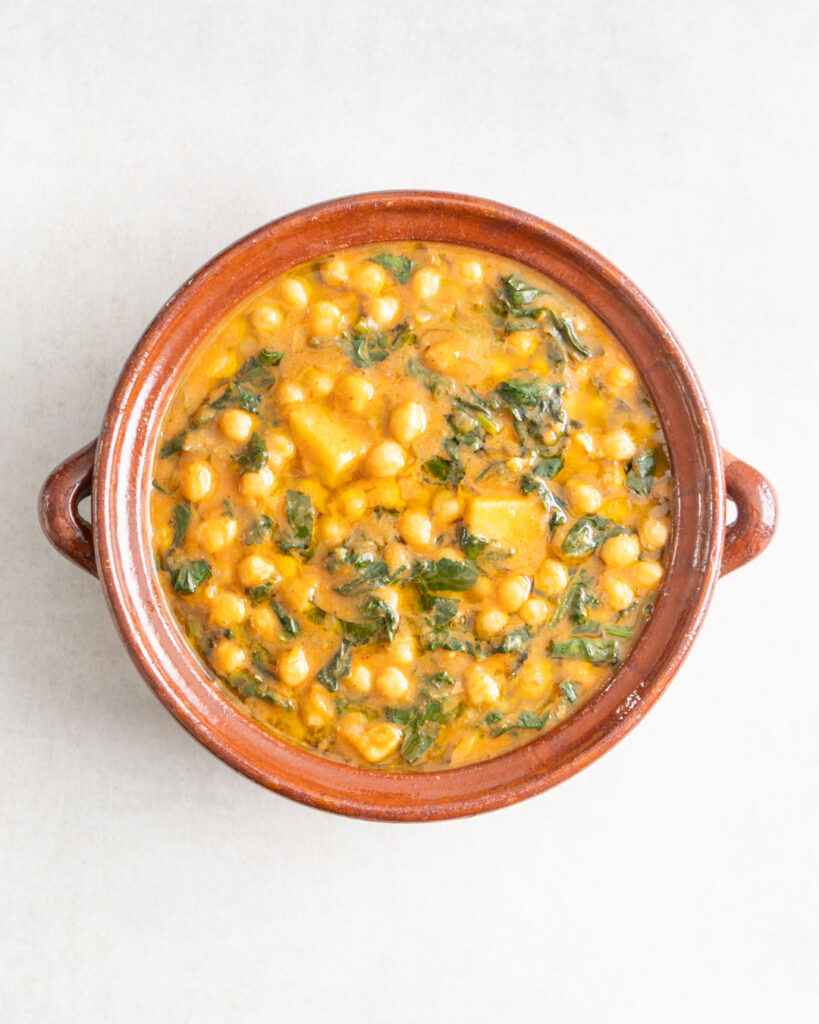
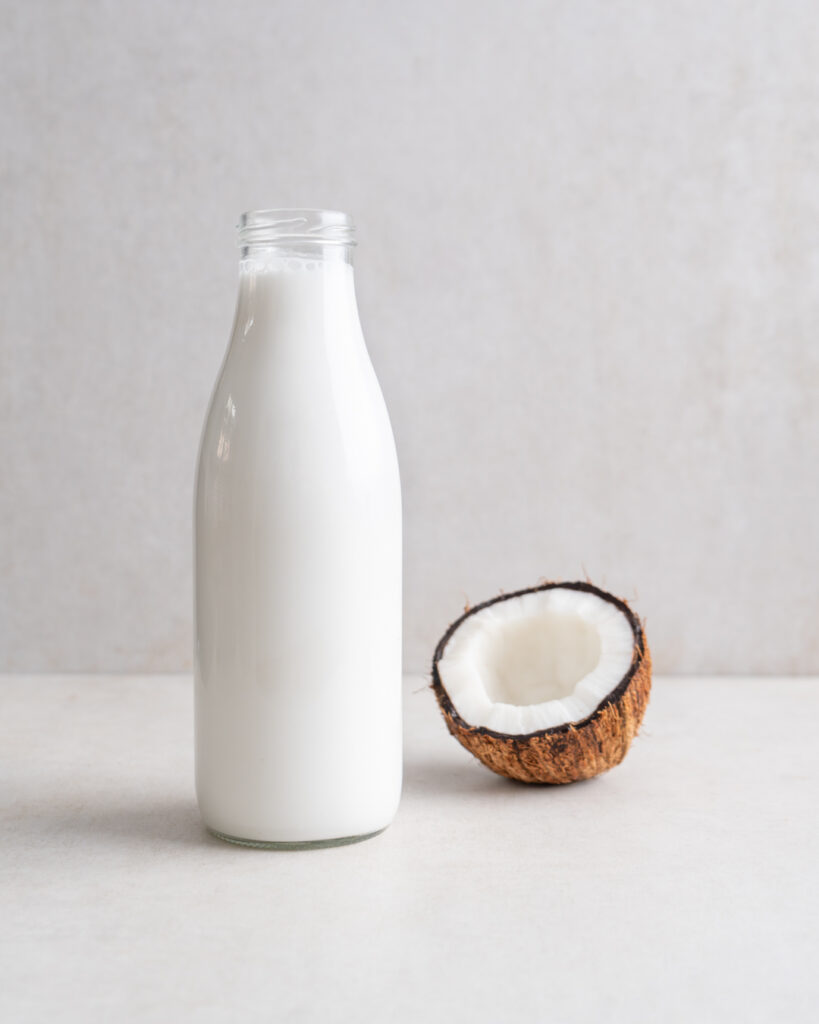
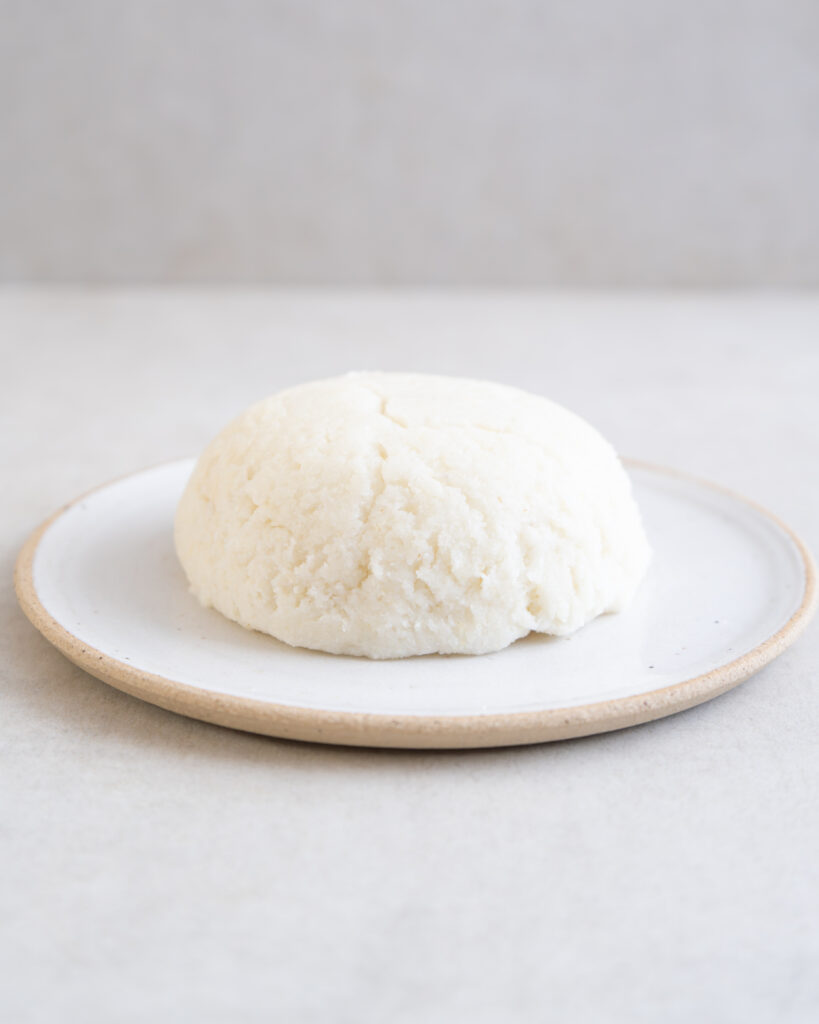

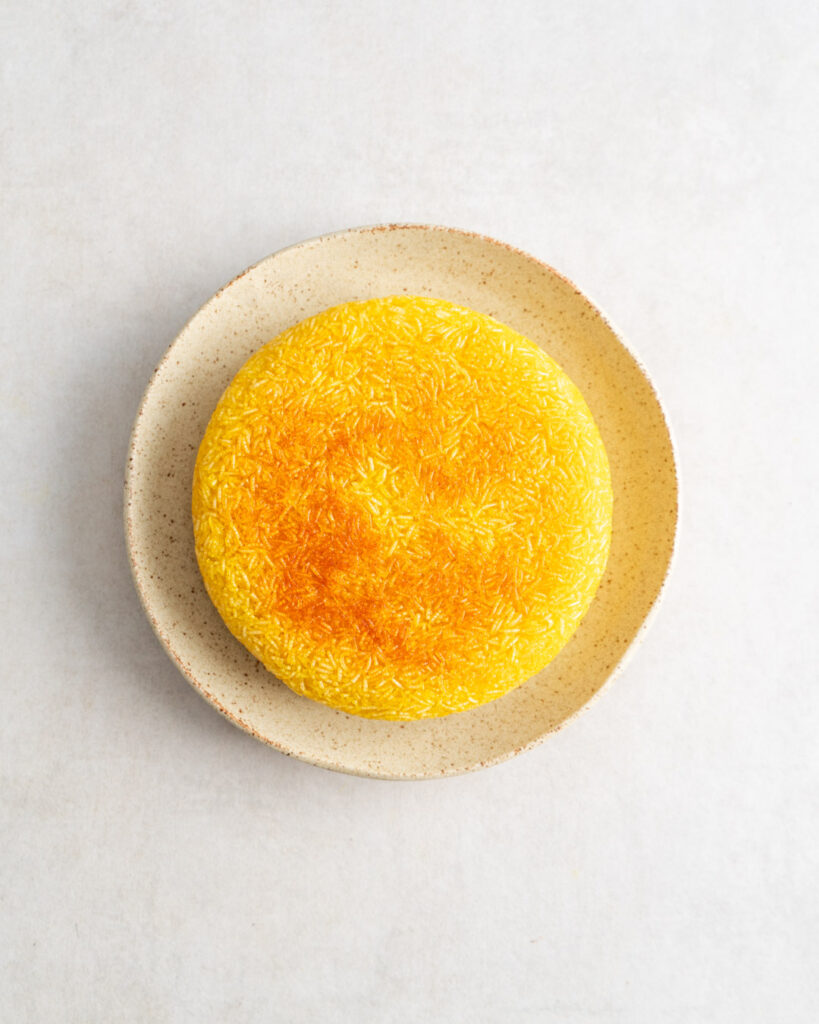


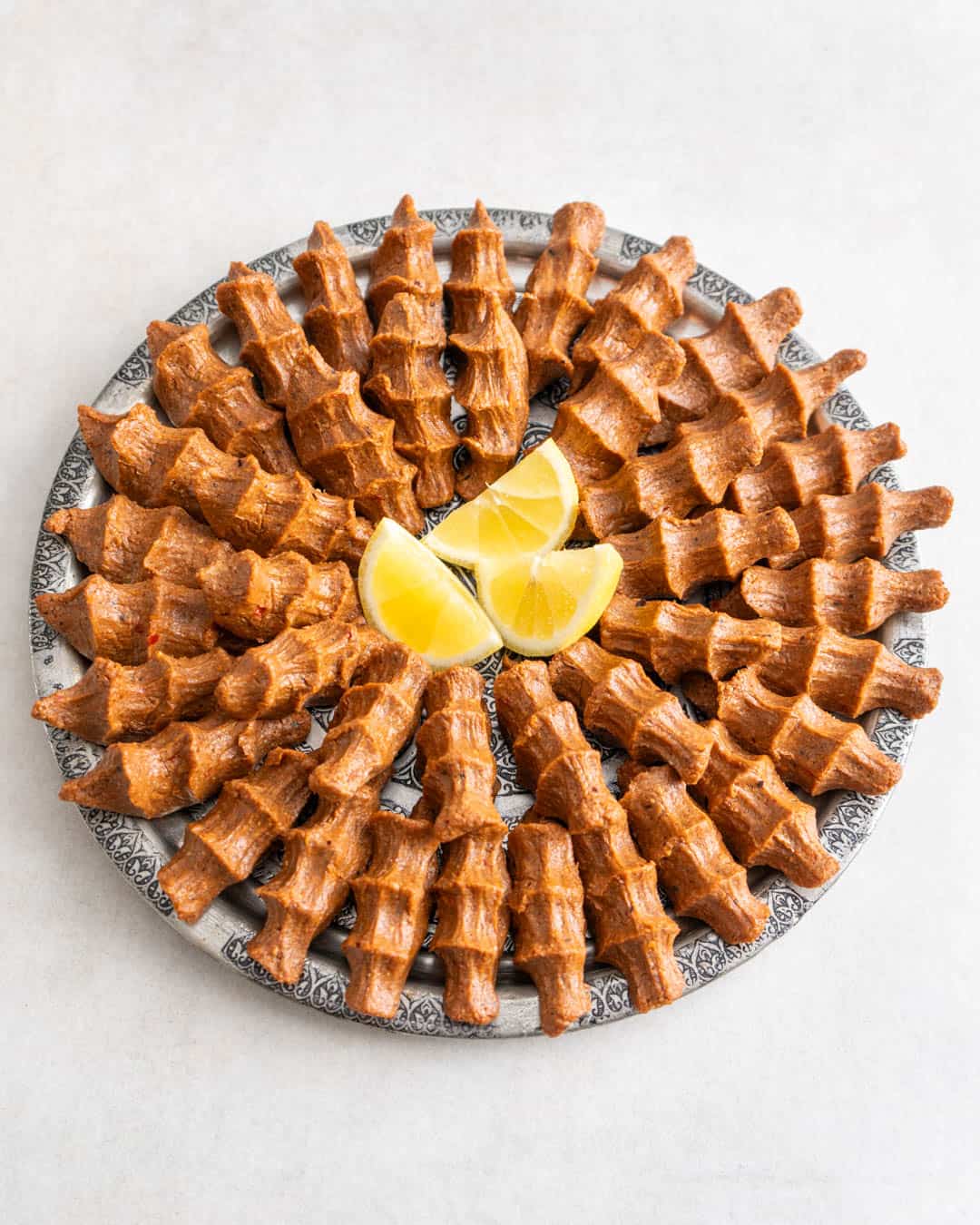
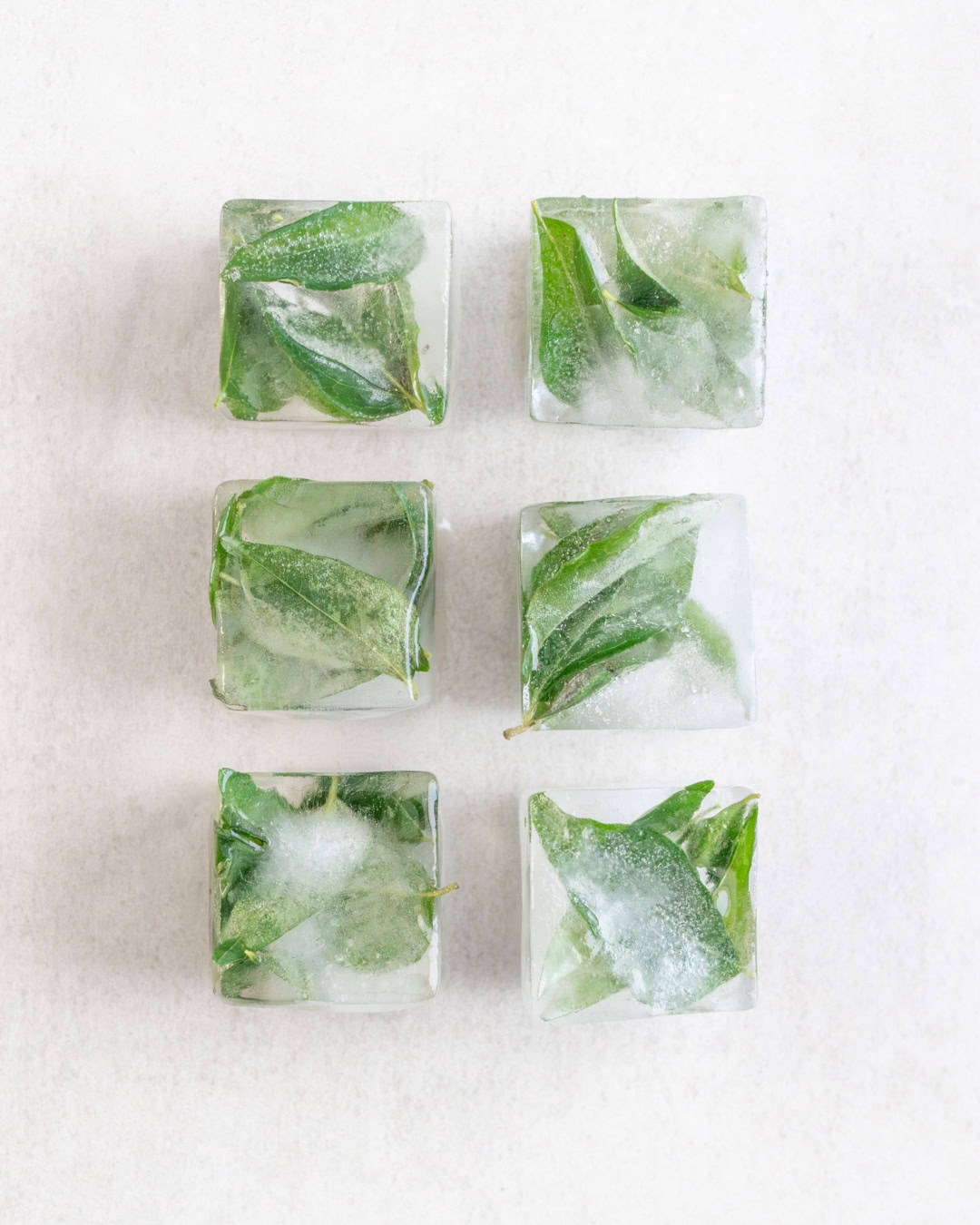








Brilliant
I tried it with balsamic and also with soy!
Both worked fabulously
I need to try it with soy sauce! Such a good idea!